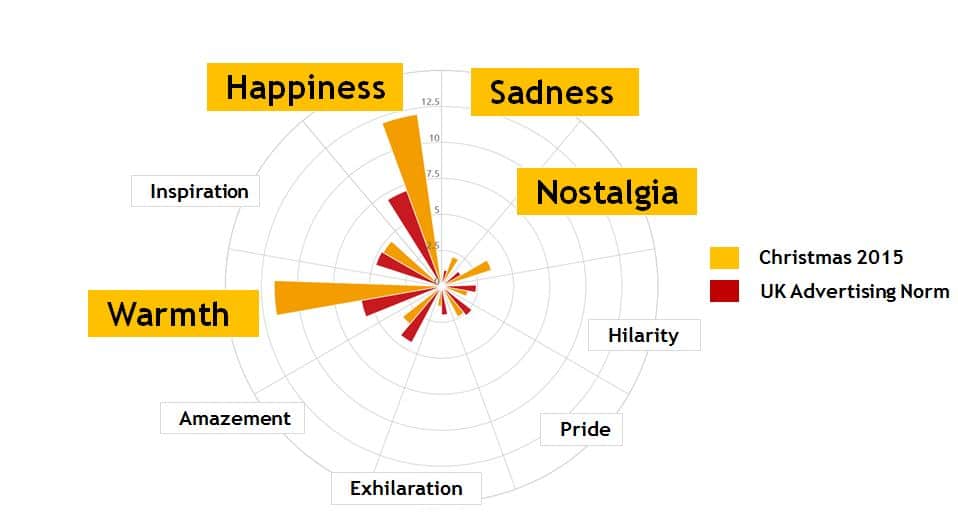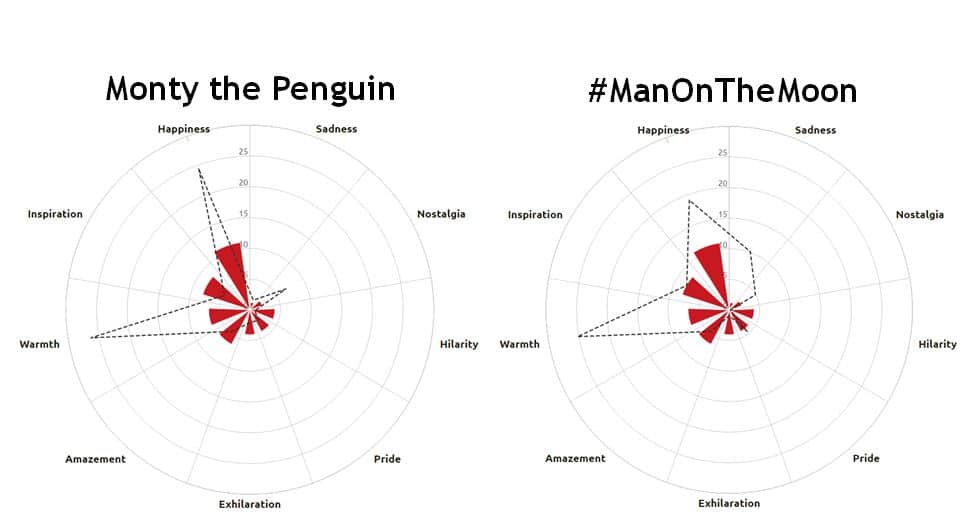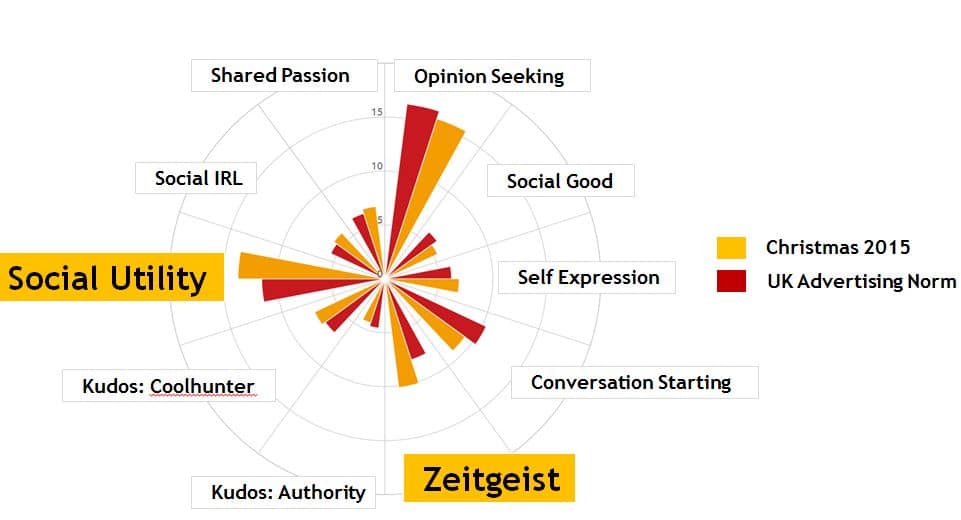The Really, Really Early Guide To Creating The Perfect Christmas Ad Campaign (Part 1)
Let’s talk about Christmas. OK, so we’ve just entered October, Halloween is not even a twinkle in a pumpkin’s eye and it’s not even that cold outside, but they do say it comes earlier every year.
Certainly for brands and ad agencies it does. Indeed, for a lot of marketers, the festive period is the focal point of their calendar, and many are already well into their festive campaign planning.
But how do you make sure you end up with a Christmas cracker and not a turkey? How do you avoid being haunted by the lyrics, “So this is Christmas, and what have you done”?
Well, at Unruly we are here to help. We have been tracking the most (and the least) successful Christmas ad campaigns since 2006. It means we have enough data and insight to fill up even Santa’s sleigh.
But to make life easier, we’ve wrapped them up into small, stocking-sized gifts to help you have a Christmas to remember – rather than a Yuletide hangover.
Enjoy!
1. Make it emotional
Emotions matter in advertising. But don’t just take our word for it. You only have to look at the mountain of academic and industry studies published over the last decade which have repeatedly proven the effects of emotional advertising on brand and business metrics.
The most recent ones come from a Nielsen Consumer Neuroscience study, which found that ads with above average EEG scores (emotional ads) deliver a 23% uplift in sales volume, while the Field, IPA and Gunn Report, “Selling Creativity Short”, stated that awarded campaigns (emotional campaigns) were 10X more efficient than non-awarded campaigns.
Having strong emotional appeal is even more important at Christmas, when we are more inclined to think with our hearts than our heads. Is it any wonder that brands such as John Lewis and Sainsbury’s, who both had ads which feature in the top 5 most shared Xmas ads of last year, both had good festive periods.
John Lewis’s revenue jumped 4.1% to £1.81bn in the six weeks to 2 January compared to the same period a year ago, while according to Kantar Worldpanel, Sainsbury’s was the only supermarket among the Big Four chains to increase its share of consumer spending, which grew 0.8% year-on-year during the Christmas period.
It’s a message that has been received loud and clear by some brands in the UK, with Christmas ads on average 35% more likely to stir up strong emotions than the the average ad.
And it’s something the rest of the world is starting to pick up on. Canadian airline WestJet enjoyed a monster hit with its “Christmas Miracle” campaign. And last year German supermarket chain Edeka released the controversial and quite dark “Heimkommen”, which went to become the most shared Christmas ad of all time.
2. Pick the right emotion
OK, so you know you have to make your ad emotional. But which emotions do you focus on? Do you try and make people laugh or cry? Well, if you look at the most successful ads from 2015 (chart below), you can see that the emotions that are more likely to resonate during the festive period.

The average Xmas ad is much more likely to make people feel warm, happy, nostalgic and sad than the average ad, while other emotions are average or low.
So we would suggest brands can cut through the noise by doing the classic ‘Christmassy’ emotions particularly well, or by using a less common emotion. But make sure you go for emotions which are right for your brand, and maintain consistency in your approach.
If you look at the chart below, you can see the emotional profiles of the last two Christmas ads John Lewis has released.

As you can see, intense warmth is the hallmark of a John Lewis Christmas ad, but the secondary emotions can change year on year. E.g. Monty was more uplifting, Man on the Moon more sad.
3. Humour can be polarising
However, one emotion you should be wary of is humour. Making people laugh is an incredibly powerful way to drive business value through your marketing. It can drive strong brand recall, an uplift in purchase intent and is more likely to get people talking about your company.
On the flipside, as any stand-up comedian will tell you, making people laugh is the toughest job in the world. So unless you are confident you are going to make people laugh more than the family’s Christmas crackers, it might be best to stay away.
Humour is also very subjective. You only need to look at Irn Bru’s Christmas campaign to see that.
A quick office poll found that half found this ad hilarious, the other half, not so much. What do you think?
4. Be as quick as Jack Frost to react
The unveiling of the new John Lewis Christmas campaign has become almost a national event. It’s almost as hotly anticipated as repeats of It’s A Wonderful Life – and almost as depressing (yet uplifting at the same time)!
Such powerful branding has meant that John Lewis has finished ahead of its UK competitors at the top of the Christmas ad sharing tree for the last four years.
But as they say, if you can’t beat them – join them. And that’s exactly what Aldi did last Christmas with this brilliant parody of the John Lewis ad.
So as long as it feels authentic to your brand, consider using agile video content to join in conversations on topical subjects.
5. Get into the spirit of Xmas
Rather predictably, being part of the Xmas zeitgeist is a powerful reason why people like to share Christmas ads. But if you look below you can see the other most notable reasons why people share Christmas ads.

As you can see, at Christmas time Social Utility (recommending the product/brand) is especially prevalent, as more and more people rush out to the shops to bag themselves a festive bargain.
Brands can play up to these intrinsically Christmassy motivations, but also layer on other social motivations to make the content even more relevant and persuasive to their audience.
Look out for part 2, where we will share five more tips on how to turn your festive ad into a Christmas cracker. Want to find out more about how to make your Christmas ad sparkle? Visit our Future Video Lab for deep insights and some Christmas fizz!
